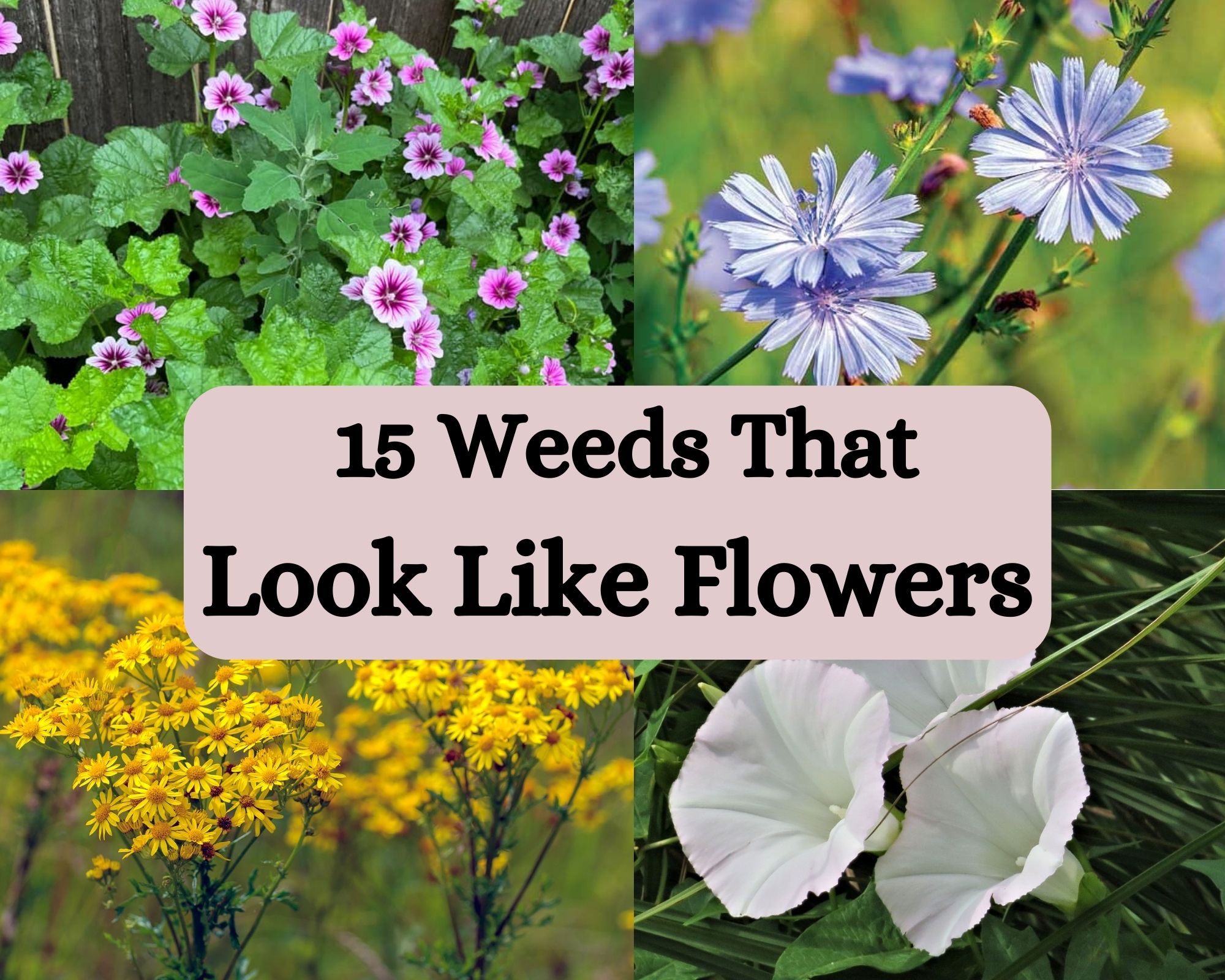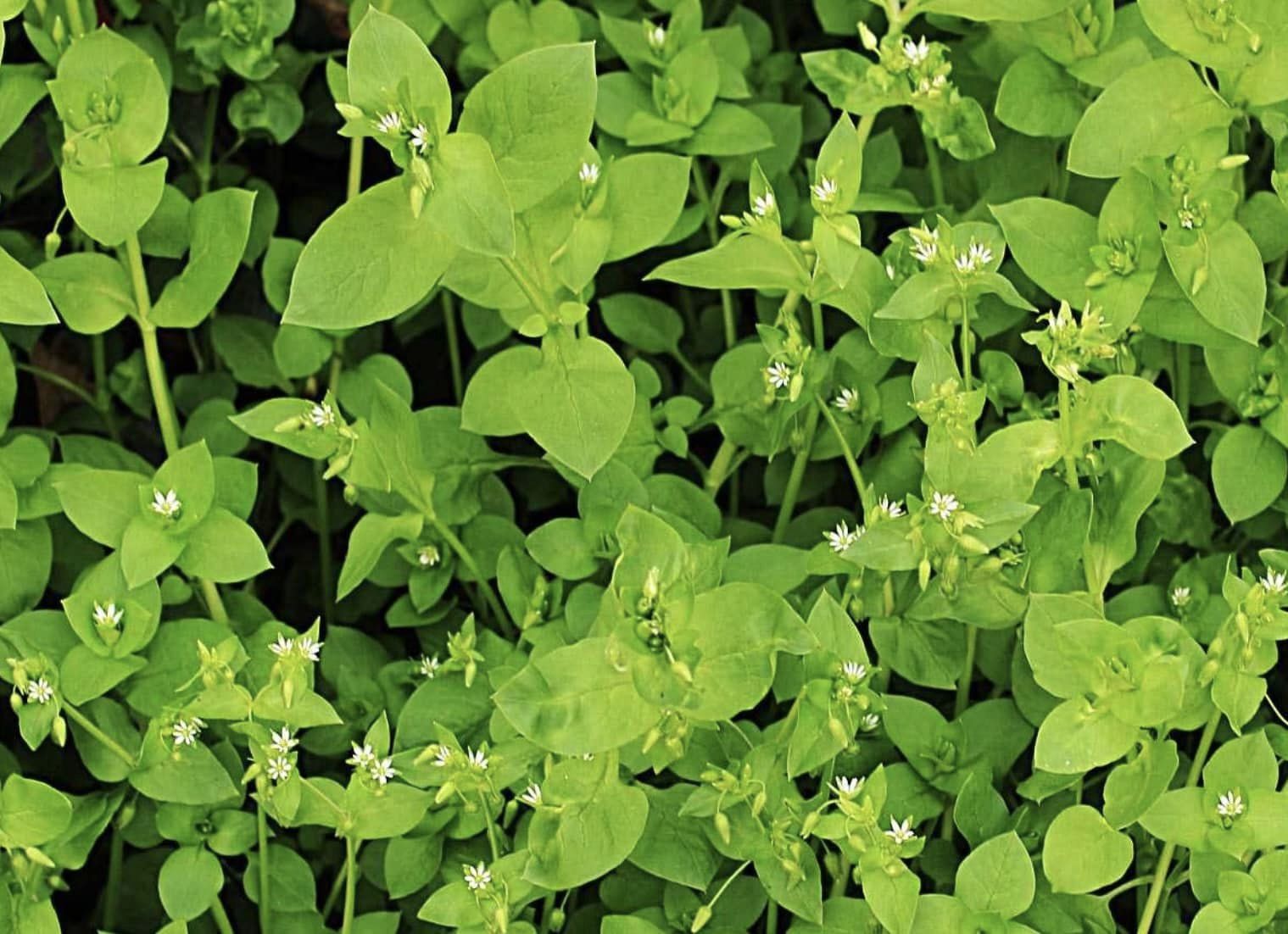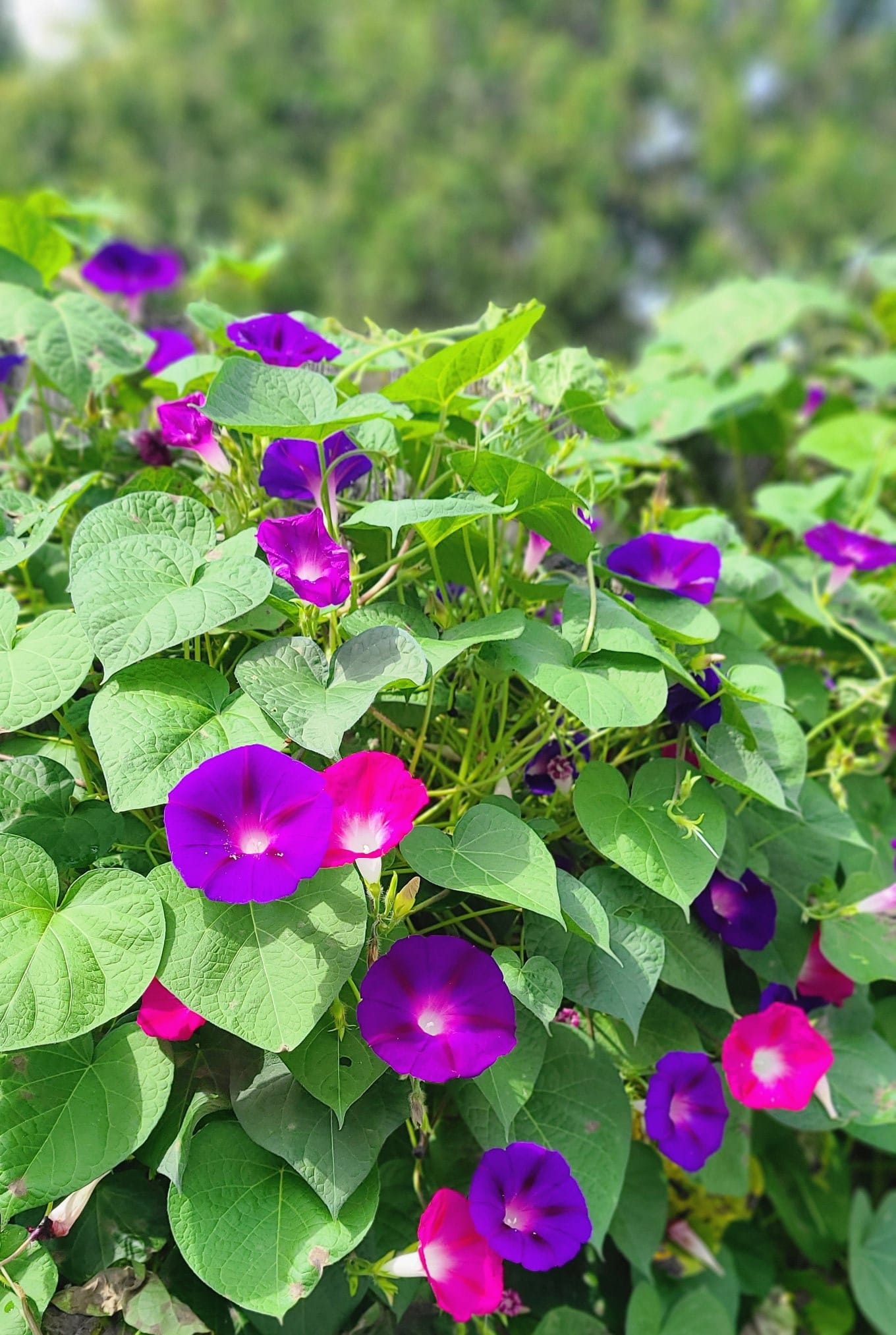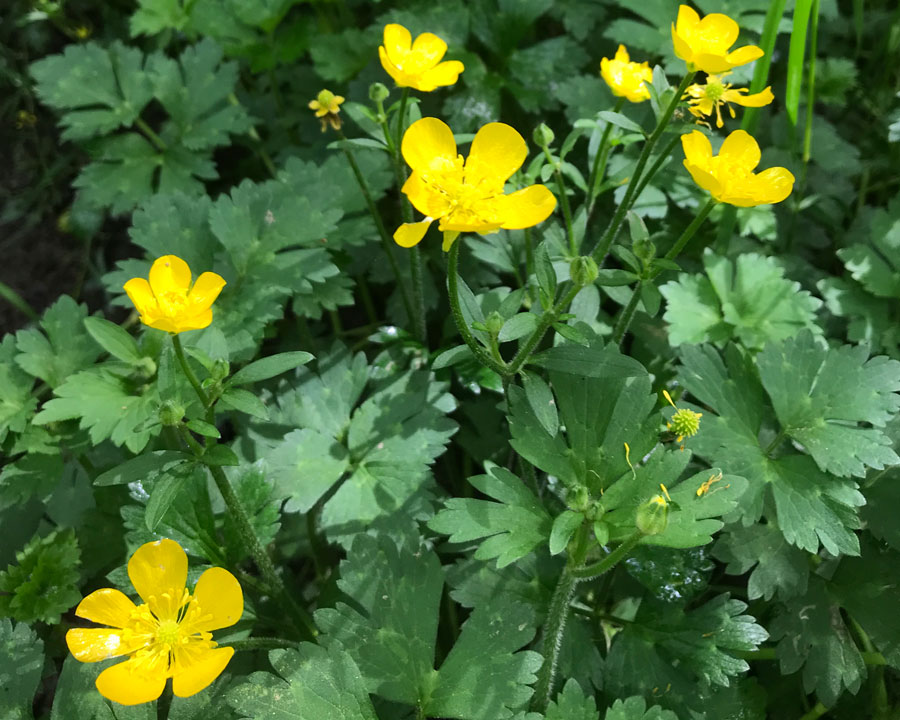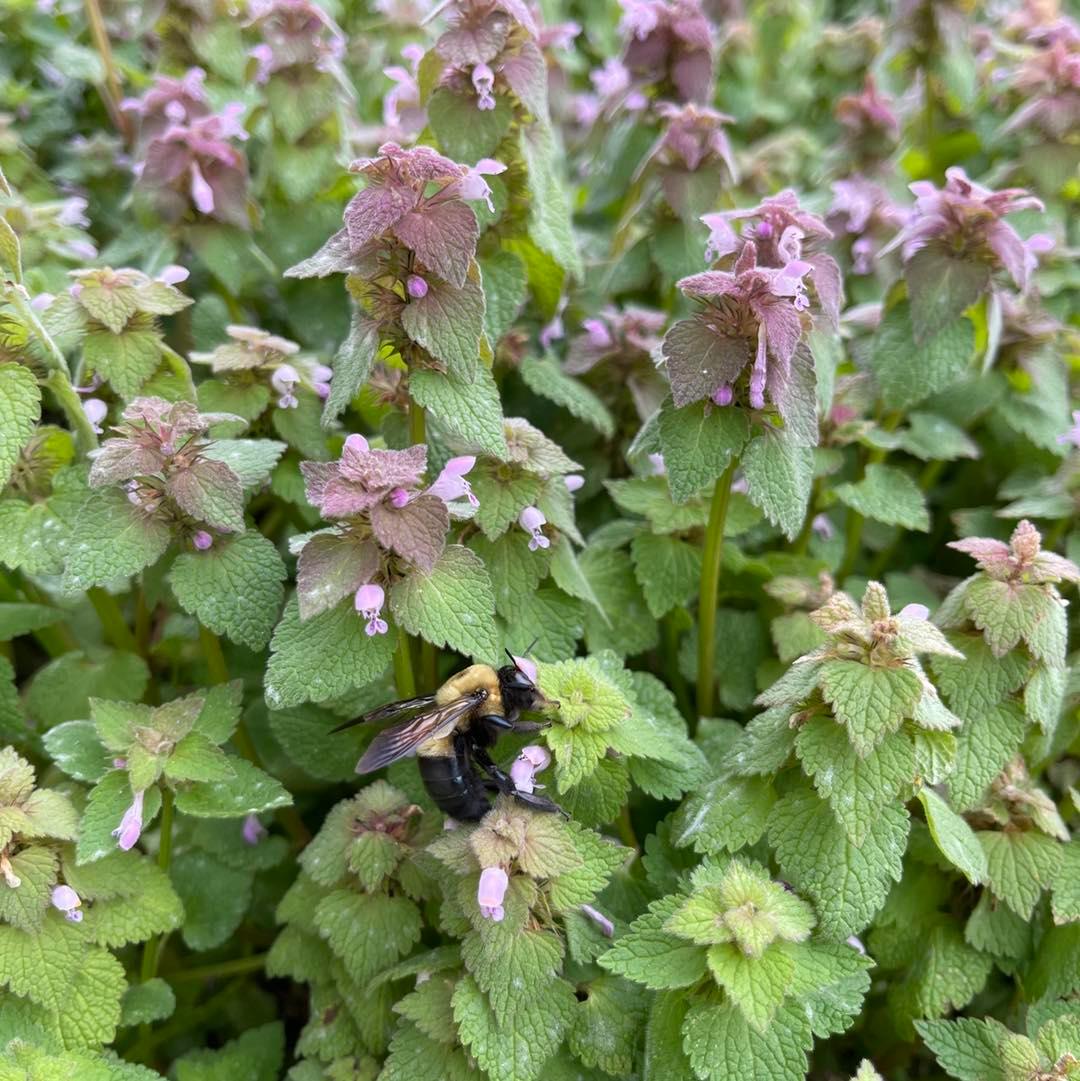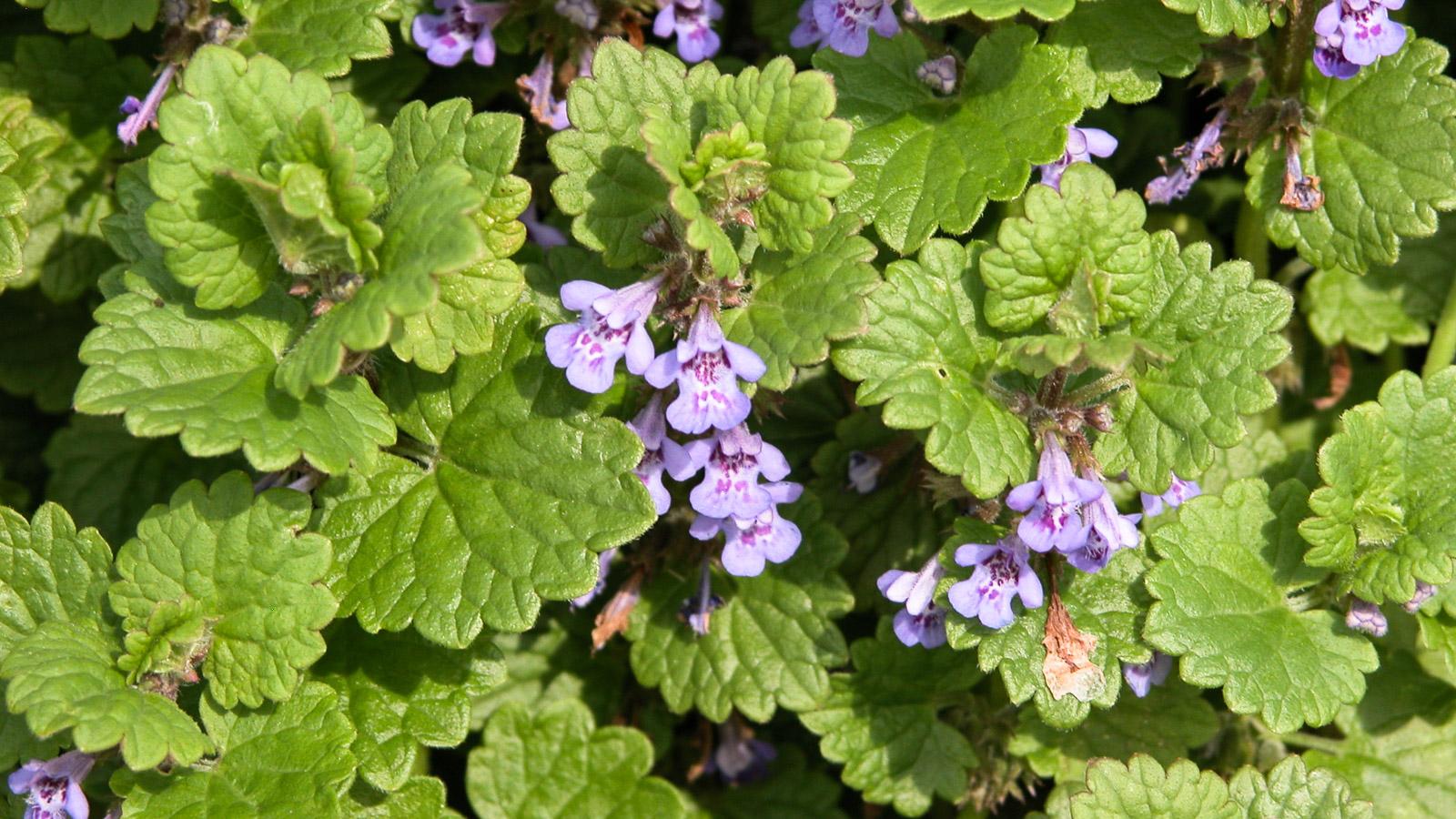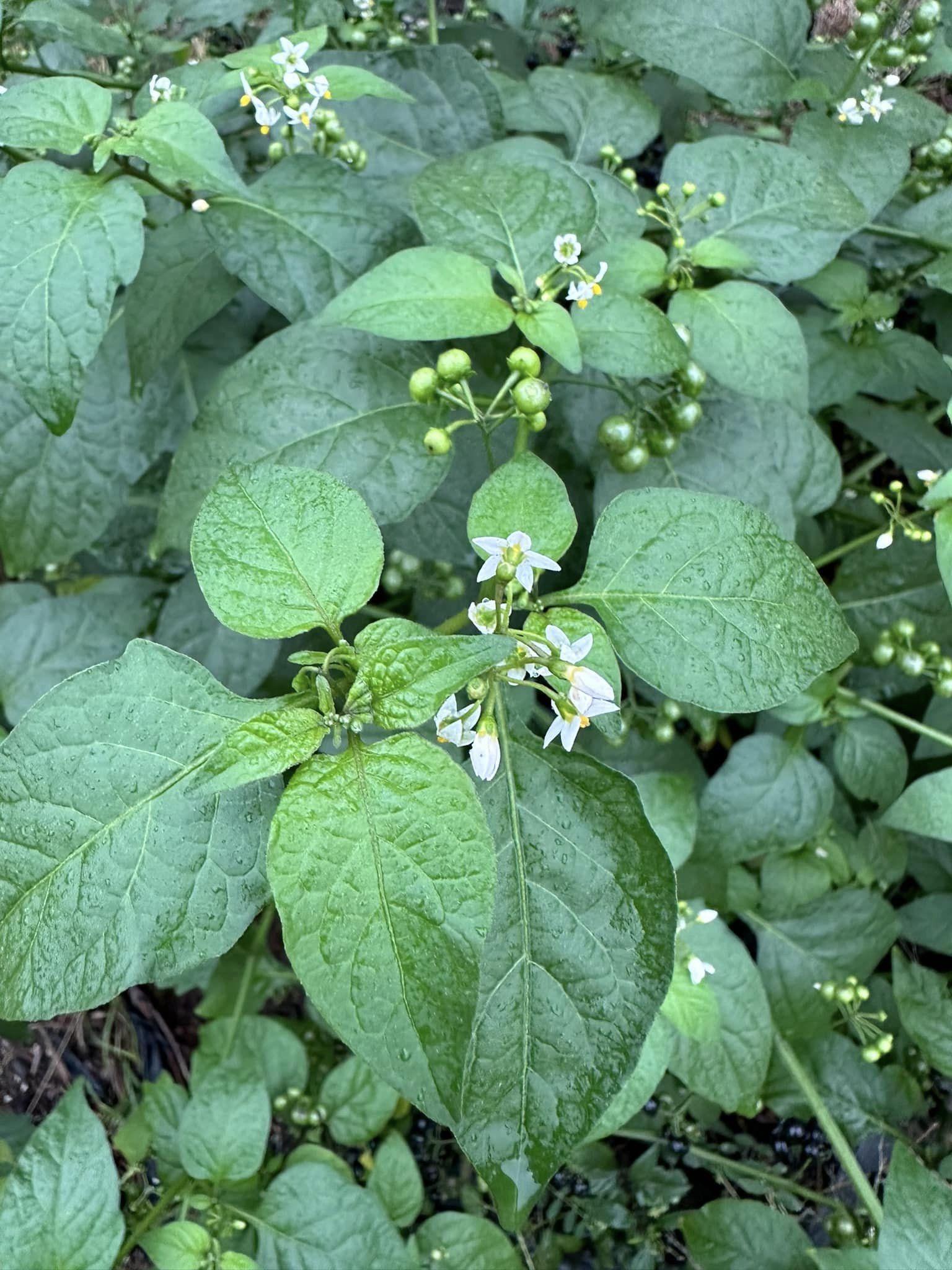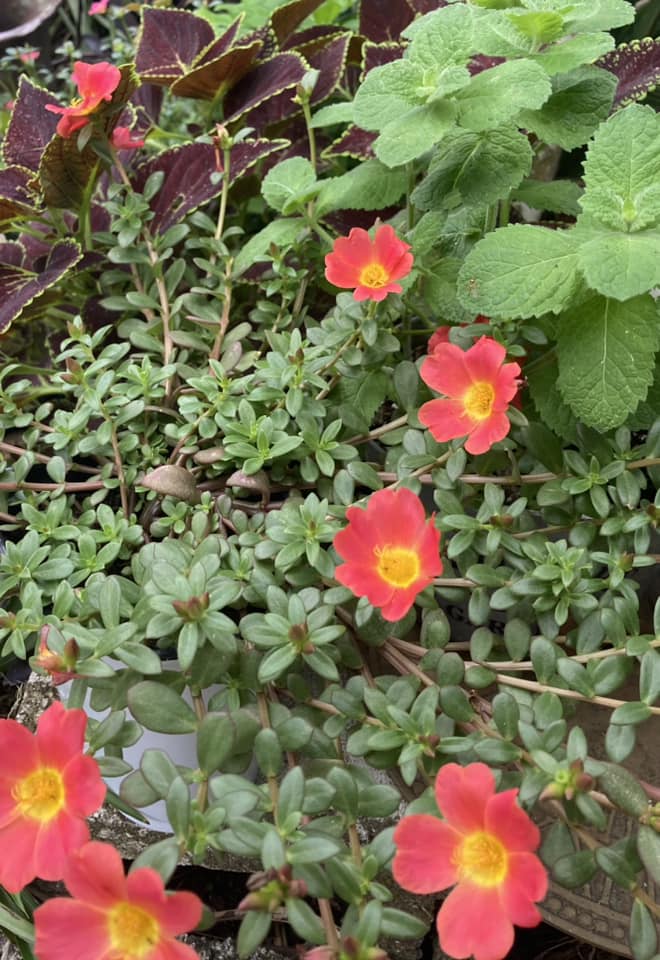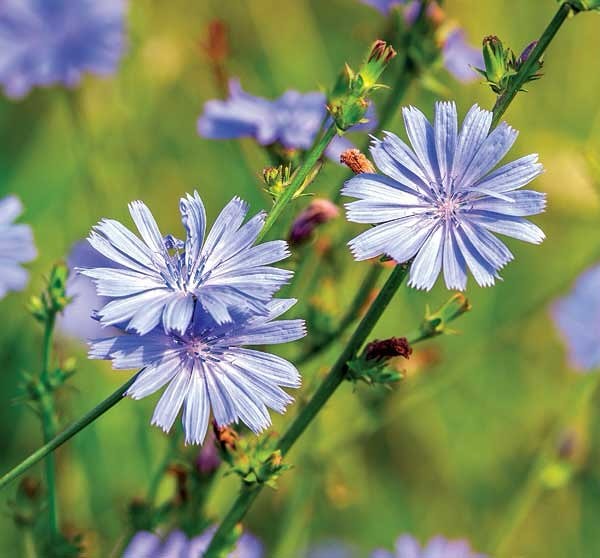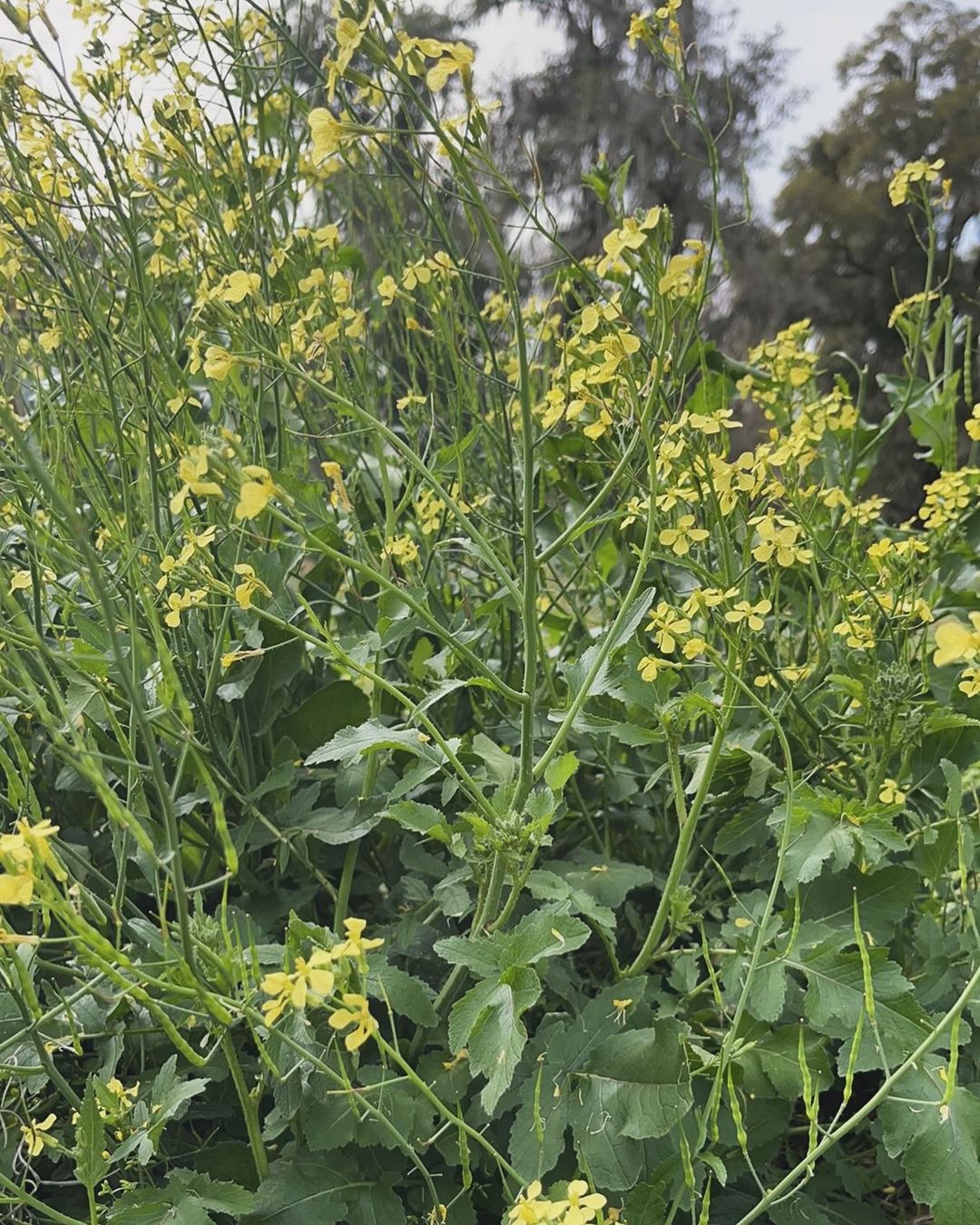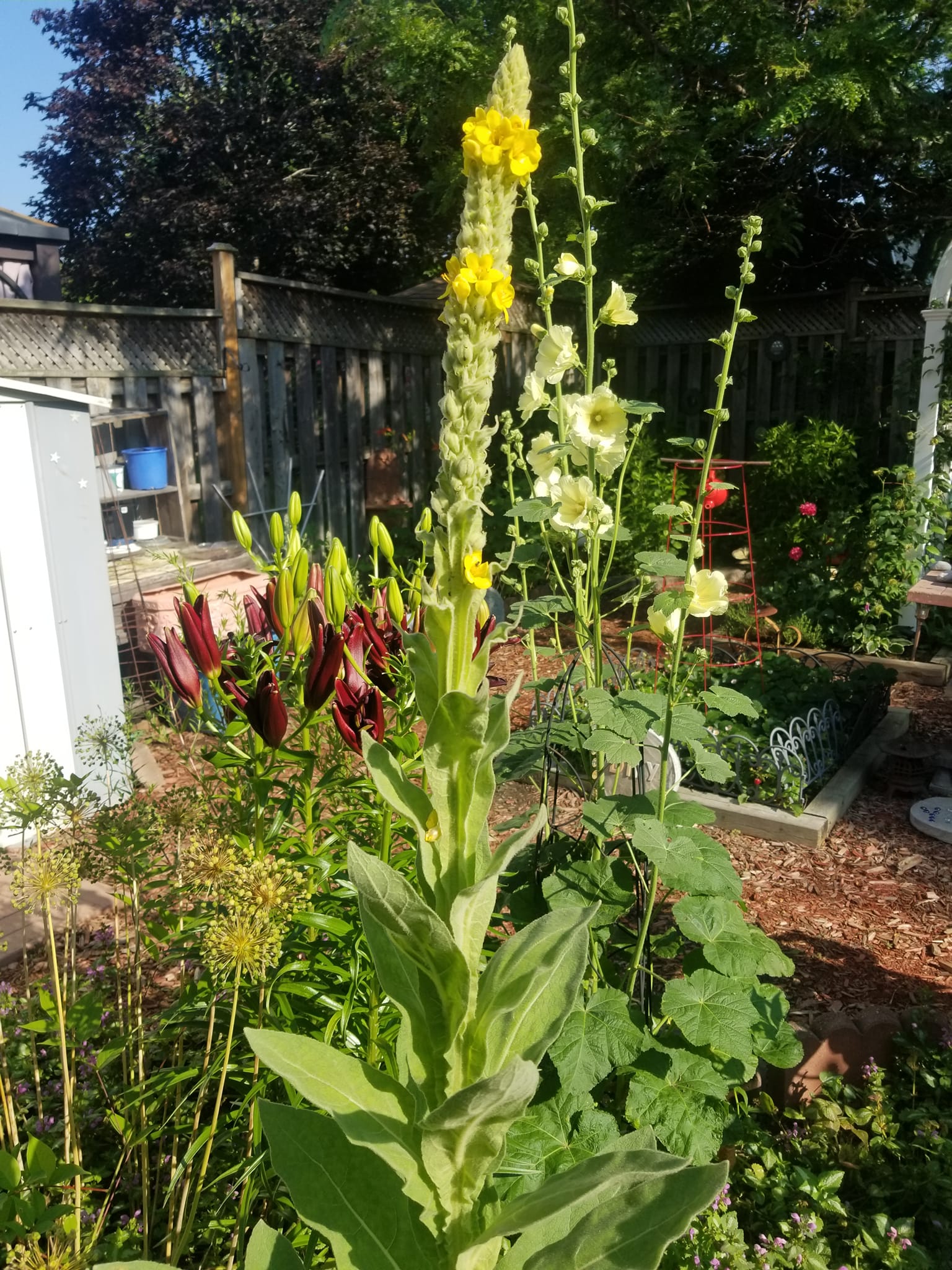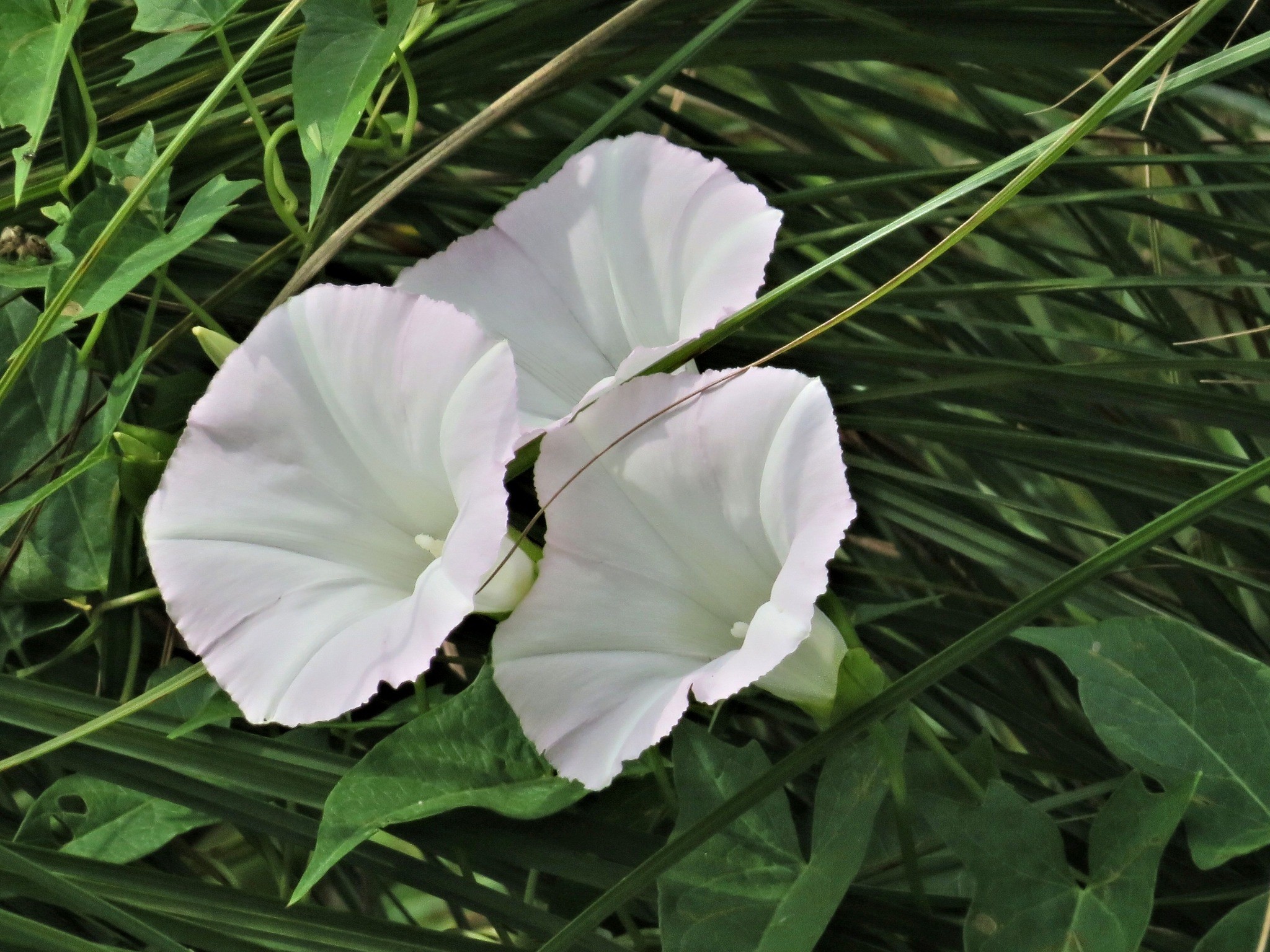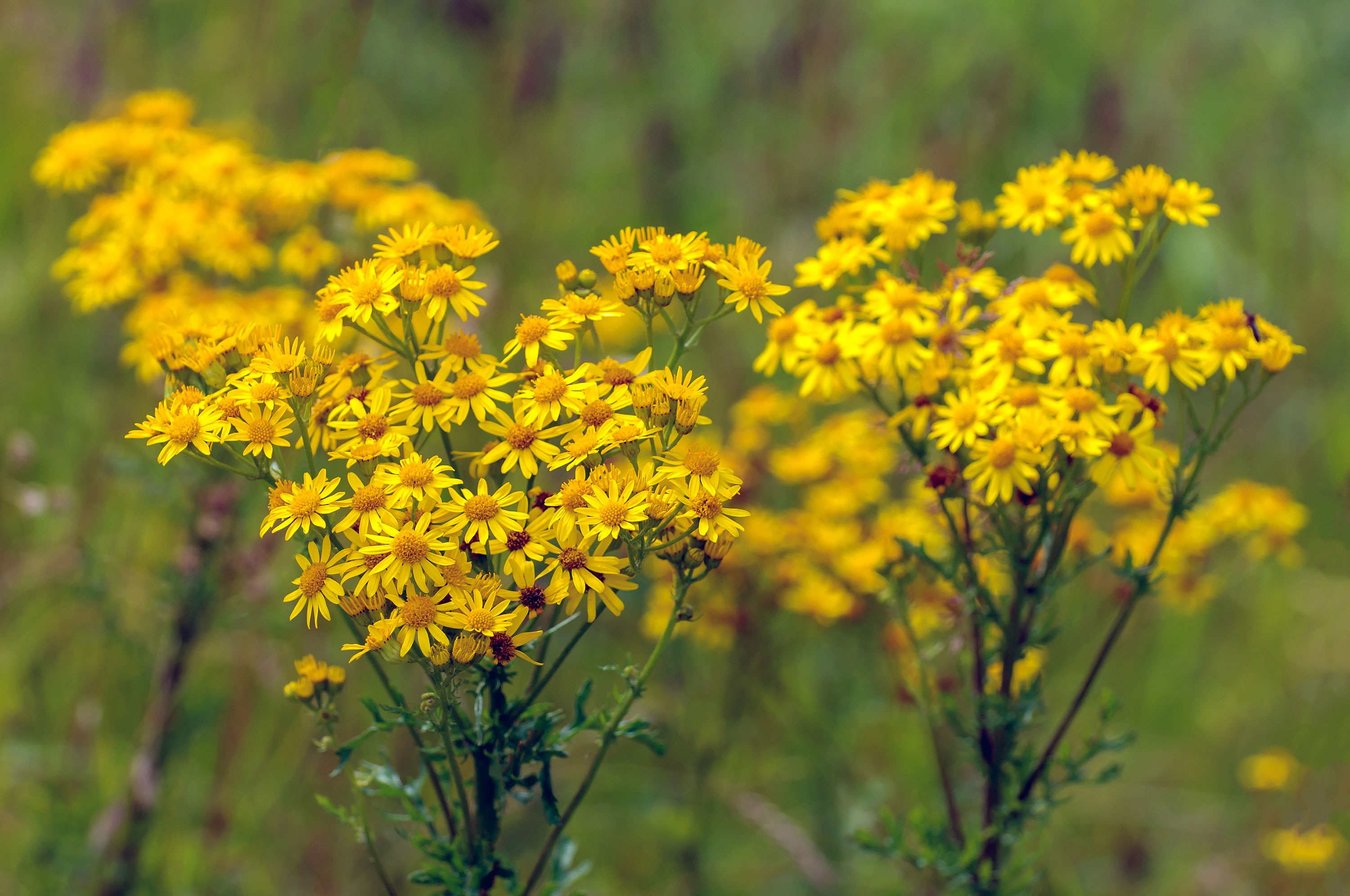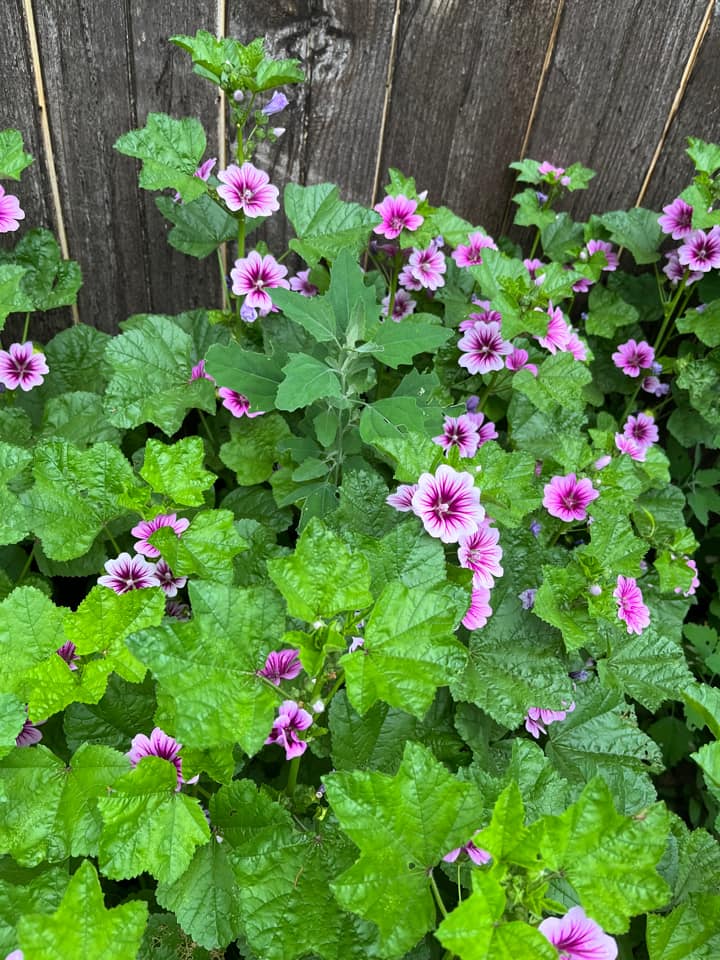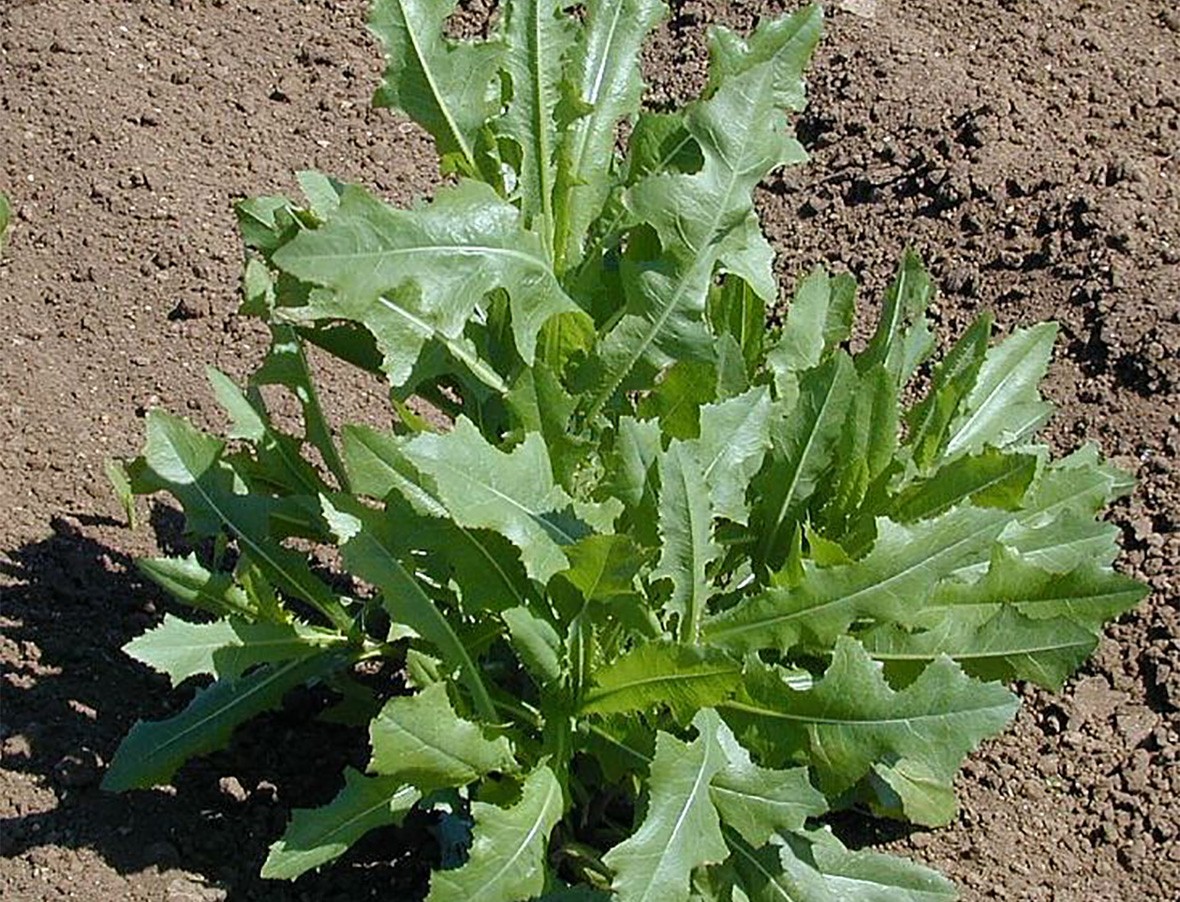The presence of weeds in a garden is a sore sight. This is why we often spend time getting rid of them in pursuit of manicured lawns and pristine flowerbeds. To successfully eliminate weeds in your garden, you ought to know how to differentiate these unwanted plants from the desired plants.
However, doing so isn’t easy because what if I told you that many weeds resemble flowers? These botanical chameleons defy the conventional norms of garden aesthetics, weaving themselves into the fabric of landscapes, often overlooked and dismissed.
This guide delves into impostor or flowering weeds that can compete with cultivated flowers for nutrients, sunlight, and space.
15 Weeds That Look Like Flowers
1. Chickweed
The small, delicate star-shaped flowers of chickweeds can fool you into thinking this plant is not a weed. However, despite seeming like an innocuous or even attractive plant, it can become invasive and compete with desired plants for nutrients and space.
Its oval or egg-shaped, smooth-edged leaves with a pointed tip can give the plant a lush, green appearance.
Chickweed thrives in moist, shady areas, hence common in gardens, flowerbeds, and lawns. Keep chickweed from taking over your flowerbed and affecting desirable plants.
Hardiness zones: 4-11
2. Morning Glory
I find Morning Glory interesting because while it is usually grown as a flowering plant owing to its beautiful, showy, heart-shaped flowers, some species are invasive and considered weeds.
One of this flowering weed’s main attractions is its vibrant and attractive blooms that come in various colors like blue, purple, pink, and white, which can make you perceive that it is a desired plant.
Morning Glory’s growth habit that entails quickly climbing and covering structures, trellises, and other plants can be a welcome sight at first. However, if left untamed, it can become invasive and outcompete desirable plants.
Hardiness zones: 2-11
Related Posts:
3. Creeping Buttercup
There are buttercup varieties for cultivation, but the creeping buttercup is not one of them. But its distinctive bright yellow flowers with five glossy petals can fool you into thinking it is a desirable plant, not a weed.
As its name suggests, creeping buttercup has a creeping or trailing growth habit. It sends runners along the ground, forming dense mats of vegetation, giving the appearance of a ground cover or intentional garden plant.
Moreover, its palmately lobed leaves with three lobes or sections are similar to those of some ornamental plants.
Hardiness zones: 3-8
4. Purple Deadnettle
Due to its vibrant, tubular-shaped, purple-pink flowers, purple deadnettle can give the impression of an ornamental plant, especially when they appear in clusters.
Also, like many mint family members, Purple Deadnettle has square stems, which aren’t immediately associated with traditional weeds.
In addition, this plant appears as a decorative plant because of its colorful, heart-shaped foliage. It also mimics some ground cover plants because of its low-growing or creeping habit, forming dense patches in gardens and lawns.
Hardiness zones: 4-9
5. Ground Ivy
If not controlled, ground ivy can quickly take over your lawn, garden, or flowerbed. It stays true to its name, forming dense mats as it spreads horizontally, which you could mistake for intentional ground cover in some cases.
As for appearance, ground ivy is a stunner. It produces small, tubular flowers that are typically bluish-purple, resembling those of some ornamental ground covers or trailing plants. Its dark green, slightly glossy kidney-shaped or scalloped leaves are appealing.
Hardiness zones: 4-9
6. Oxalis Plant
I would not fault you for mistaking the oxalis for clover, and although their leaves look alike, they are different plants. Oxalis’ small, five-petaled flowers that come in various colors, including white, pink, yellow, or purple, can make you think this weed is a flowering plant.
If you let oxalis grow among your desirable plants, it will compete with them for nutrients and space, and this weed will likely win since it is aggressive and spreads quickly.
Fortunately, you can make oxalis effective weeding techniques, such as hand pulling or herbicides.
Hardiness zones: 6-11
7. Black Nightshade
This weed is somewhat attractive with small, white, pale purple, or occasionally greenish star-shaped flowers; hence, it is possible to mistake it for a flowering plant. It is common to find this weed in lawns, but it is best not to keep it because it can compete with crops for nutrients, water, and sunlight.
Moreover, some varieties of black nightshade can be toxic to humans and animals when consumed in large quantities. This toxicity and its ability to spread and compete with desirable plants make it a weed.
Hardiness zones: 4-11
8. Common Purslane
Common purslane is edible in many cultures. Still, it remains a persistent weed because it can thrive in different conditions, including poor soils. That’s not all: this weed produces a large number of seeds.
For this reason, it can spread and colonize areas quickly, resulting in common purslane appearing unexpectedly in gardens.
If it gets invasive, manage its growth and prevent it from competing with desired plants by implementing strategies such as hand pulling, mulching, or herbicides.
Hardiness zones: 9-11
9. Chicory
Yes, chicory is a weed that can masquerade as an ornamental flower because of its bright blue daisy-like flowers that can add a touch of color to fields and roadsides.
However, although chicory is a weed, you can cultivate it for its culinary uses or attractive flowers in wildflower gardens.
The deep taproots of chicory allow it to thrive in various soil conditions. This plant comes in cultivated varieties and wild varieties.
Hardiness zones: 3-8
10. Wild Mustard
Wild mustard is an annual or winter annual plant in the mustard family that is considered a weed despite producing small, yellow flowers that form in clusters. This common weed quickly colonizes open spaces.
Finding this weed in your garden should concern you because it can take up nutrients and space from your desired plants.
Nonetheless, this weed is visually appealing in bloom, so it is essential to manage its growth if you wish to keep it.
Hardiness zones: 3-9
11. Mullein
Despite being categorized as a weed, mullein is appreciated by many for its ornamental value. As a matter of fact, you can cultivate it for its unique, stunning appearance.
Its fuzzy leaves and tall flower spikes give it a distinctive and somewhat unconventional beauty. The yellow flowers are densely arranged on the spike, giving it a candle-like appearance.
Mullein produces a rosette of large, fuzzy leaves in its first year, followed by a tall flowering spike in the second year.
Hardiness zones: 3-9
12. Field Bindweed
This flowering plant can beautify your landscapes with attractive white to pinkish funnel-shaped flowers that are typically 1 to 2 inches in diameter and have a distinct trumpet-like shape. However, its invasive nature makes it a weed.
In addition, field bindweed can twine around and smother other plants. Controlling this weed through traditional weeding methods is difficult due to its extensive and deep-rooted system. This perennial weed’s ability to regrow from its root system makes it a challenging weed to eliminate.
Hardiness zones: 4-9
13. Common Ragwort
Common ragwort’s attractive appearance featuring bright yellow flowers is why you could mistake it for a flowering plant rather than a weed. While native to Europe, this weed has become widespread in many other regions.
Common ragwort spreads rapidly in areas with open soil or disturbed conditions and is often considered an invasive weed, especially in pastures and fields. Although this weed is nice to look at, it contains toxic alkaloids that harm livestock, particularly horses and cattle.
Control measures for common ragwort include manual removal, cutting or mowing before the plant sets seed, and herbicide application in certain situations.
Hardiness zones: 5-8
14. Common Mallow
This plant may produce attractive flowers that range from pink to purple and has rounded, lobed leaves similar to those of hibiscus plants. However, certain characteristics make it a weed. It exhibits vigorous and rapid growth, hence capable of outcompeting other plants for resources.
Additionally, it produces numerous seeds, allowing it to spread quickly. It is resilient and can survive in less-than-ideal conditions. Moreover, it can grow in different soils and conditions and flourish in disturbed areas, such as gardens, cultivated fields, and roadsides, thus making it challenging to control.
Hardiness zones: 4-8
15. Prickly Lettuce
The flowering stage of this invasive weed can lead you to mistake it for a flowering plant, especially when the yellow flowers are present. The plant typically produces small, bright yellow flowers arranged in clusters.
What makes the prickly lettuce a weed is its ability to spread rapidly and outcompete other plants for sunlight, water, and nutrients. The prolific seed production is key to its effectiveness as a weed.
A point to note is that some people intentionally cultivate it for its potential medicinal properties. The latex sap offers mild sedative and analgesic effects.
Hardiness zones: 6-9
Final Remarks
To avoid letting these flowering weeds take over your flowerbeds, identify and remove them promptly. However, whether a plant is considered a weed or a desirable flower is a matter of perception. Individual preferences, local ecosystems, and gardening practices will help you determine whether a particular plant is welcome in your garden or should be managed as a weed.

Hey there, I’m Derek Schew, a writer for Lawnholic.com, where we cover everything and anything related to lawns. As someone who’s spent countless hours tending to my own lawn, I’m passionate about sharing my knowledge and helping others achieve the perfect yard. From lawn care tips to product reviews, I’m committed to providing our readers with the most accurate and up-to-date information available. So whether you’re a seasoned lawn enthusiast or just getting started, I invite you to join our community and discover the joys of a lush, green lawn.

